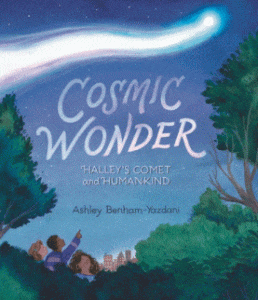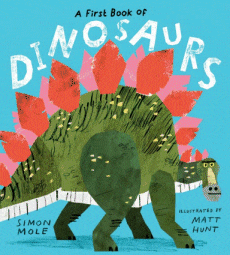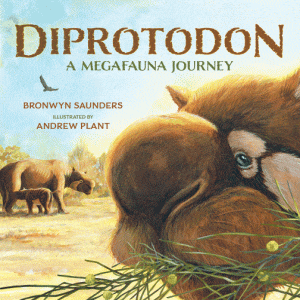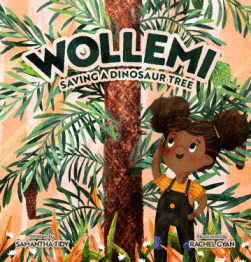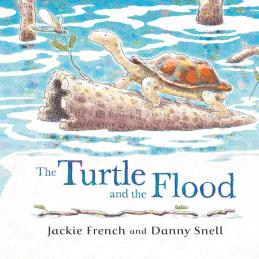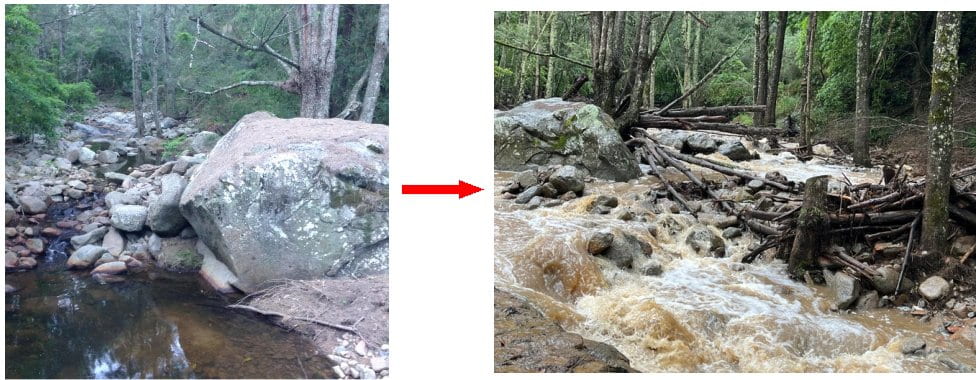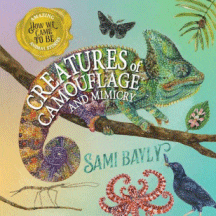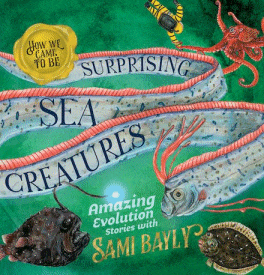
Green: The Story of Plant Life on Our Planet
Green: The Story of Plant Life on Our Planet
Nicola Davies
Emily Sutton
Walker Books, 2024
40pp., hbk., RRP $A27.99
9781406399998
These days young children are very aware of the importance of plants and bees, the deadly potential of climate change and the concept of “green” being more than just a colour in the paint palette. But what is the connection between them?
It is all explained in this beautifully illustrated picture book. In accessible text, the young reader learns that a tree isn’t just a tree standing green and shady but that it is really busy purifying the air through photosynthesis as it does, and from there they are led naturally through a timeline of the development of plants on the planet, the impact of using the remains of the ancient forests as fossil fuels, and the interaction and interdependence of plants on the planet’s health and function, as they begin to understand why “GREEN is the most important colour in the world.”
This really is the most remarkable book that explains really complex concepts in such a simple way that it should be the starting point for any study into the environment and why we need to protect what we have. It is the basic WHY of all the what, where, who, how and all the other questions that students have that will provide context and purpose for any investigation, encapsulating and explaining such a big idea in a way that just gives sense to so much else. No matter what the topic under investigation, if it is about the natural world, it will stem back to plants and their health and prevalence.
Research shows that the eye distinguishes more shades of green than any other colour and certainly the view from my window has more hues than I could count, but it never ceases to suggest a sense of calm and peace, which is why so many medical facilities are painted in shades of green. This book is the beginning of understanding why this is so, and why it is so important to our lives and well-being.
A must-have in any collection.

